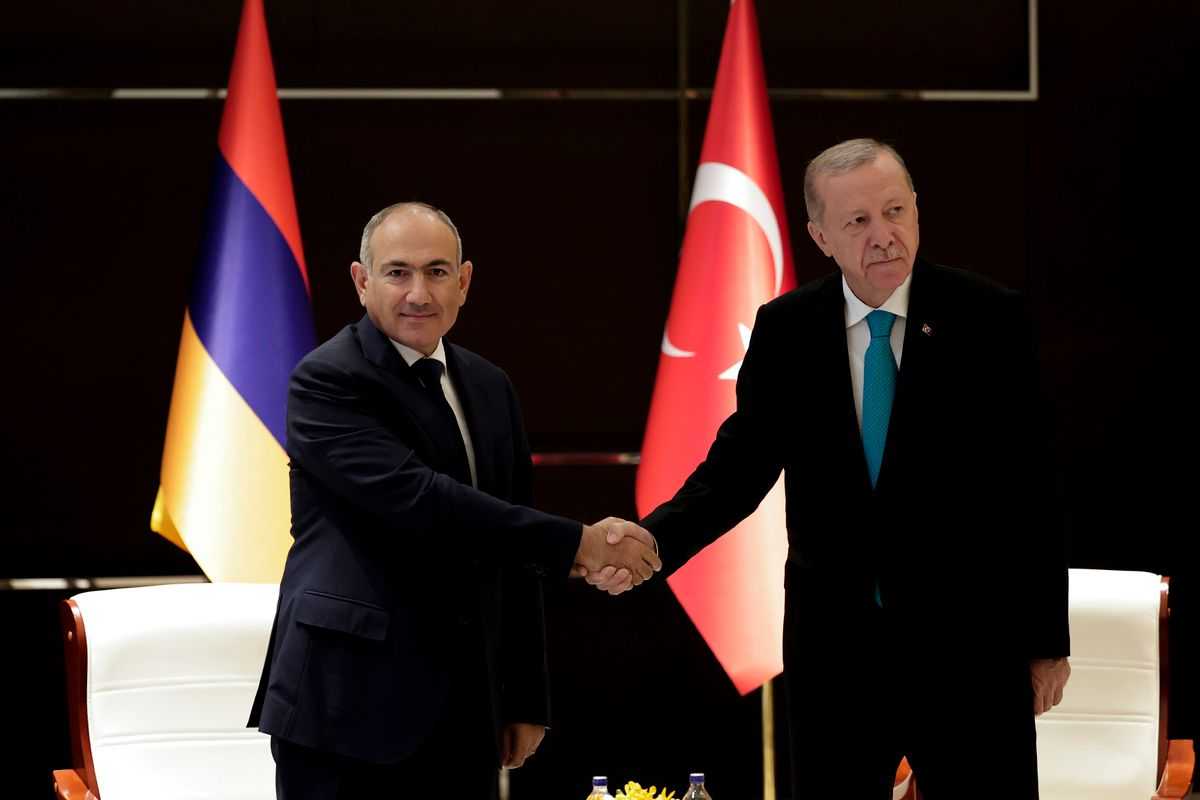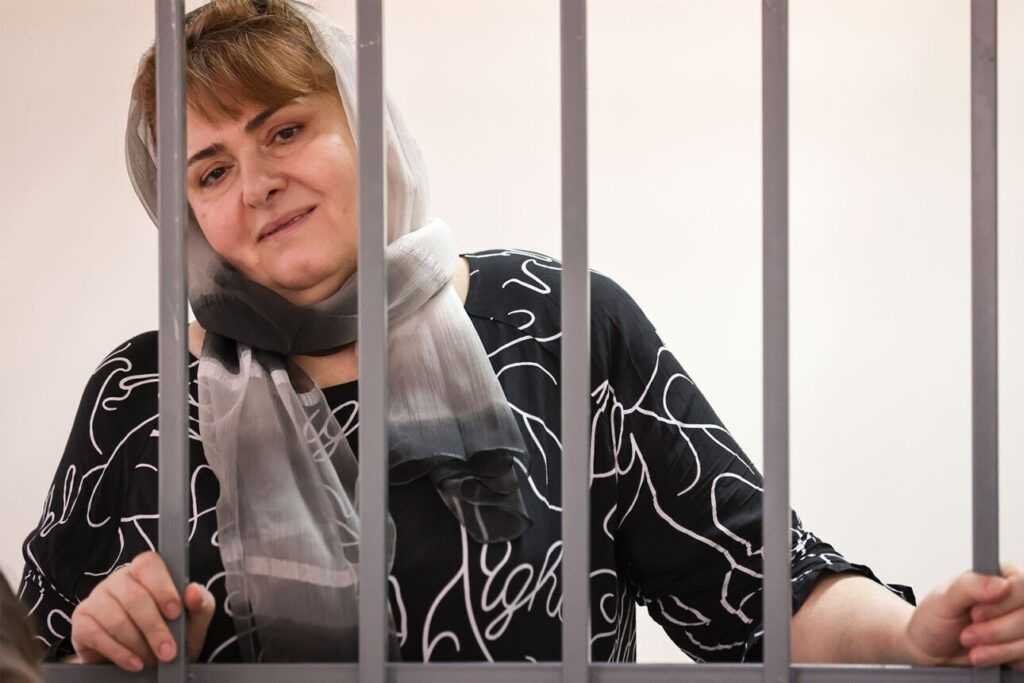
The UN’s Population Fund (UNFPA) has estimated that Armenia’s population increased by around 84,000 since 2024. The data was also corroborated by the Armenian government, which said that as of the beginning of 2025, there were 3.076 million people living in the country.
Neither the UN nor the Armenian government provided any other data about the increase.
Armenia’s Statistical Committee reported that at the beginning of 2024, the country’s population was 2.991 million, which in of itself was an increase of 53,000 from 2023.
The population of Armenia dropped by several hundred thousand since the country’s independence in 1991, dipping below three million in 2016. It continued to fall until there was a slight increase in 2023, followed by larger figures in 2024 and 2025.
The bulk of this increase is likely due to Nagorno-Karabakh Armenians who fled the region after the Azerbaijani offensive in 2023. Many of those have since settled in Armenia, although others have gone to Russia, the EU, or elsewhere.
In addition, as with neighbouring Georgia, tens of thousands of Russians have moved to Armenia since the beginning of the full-scale war in Ukraine. Estimates vary, but it is possible that some 60,000 Russians who arrived in Armenia since 2022 remain in the country, the bulk of whom live in Yerevan.
Recent incomplete demographic data about Georgia found that there has also been a significant increase in the country’s population, which had also seen steep declines since independence. The data was preliminary, so did not include specifics on ethnic breakdown, but it is widely thought that the increase was primarily due to Russians who have come since the full-scale war in Ukraine.











